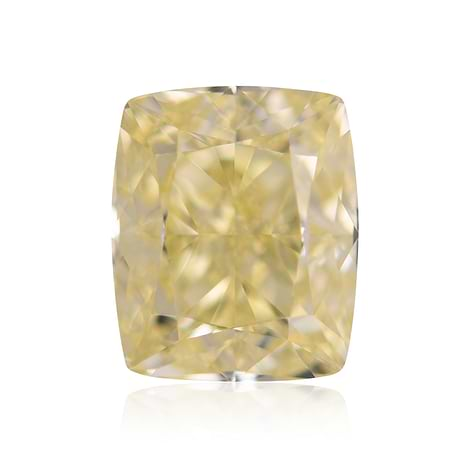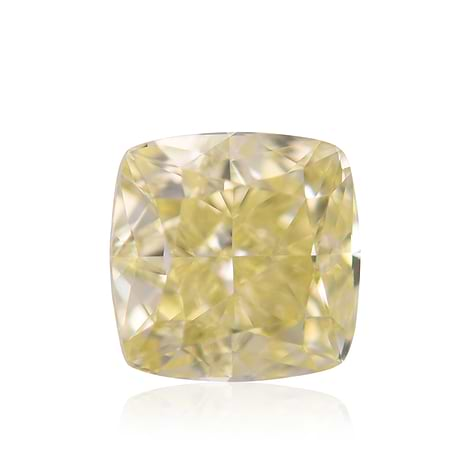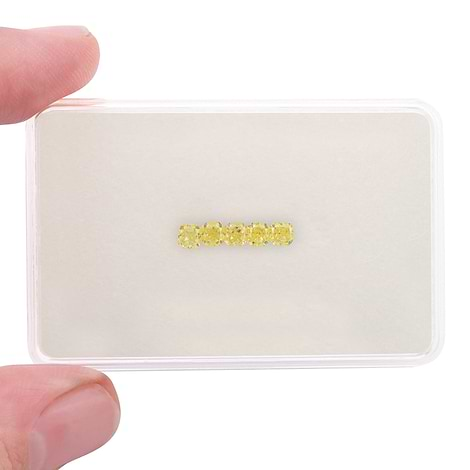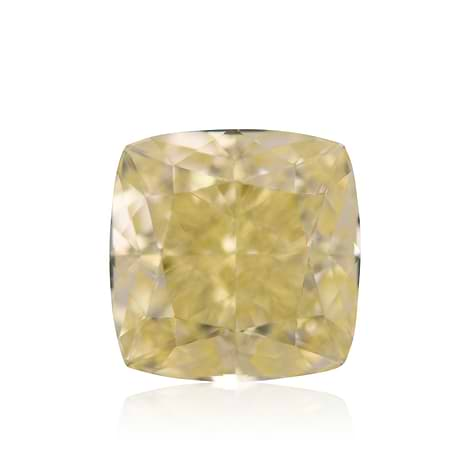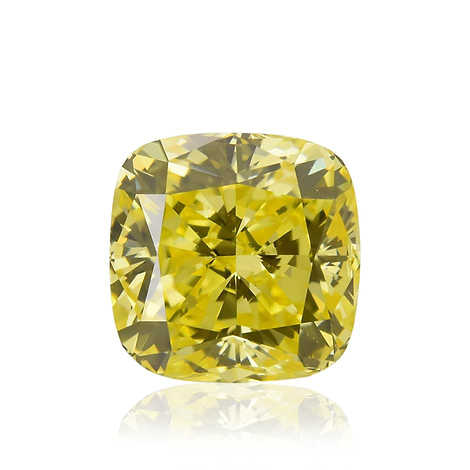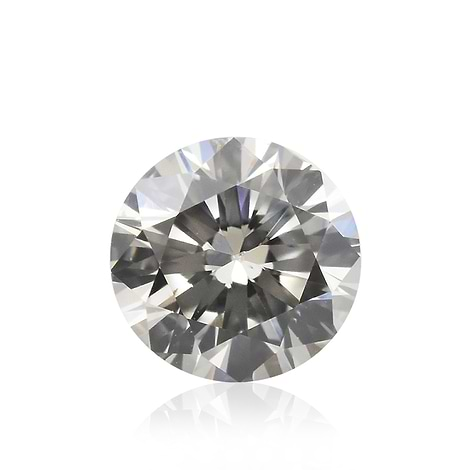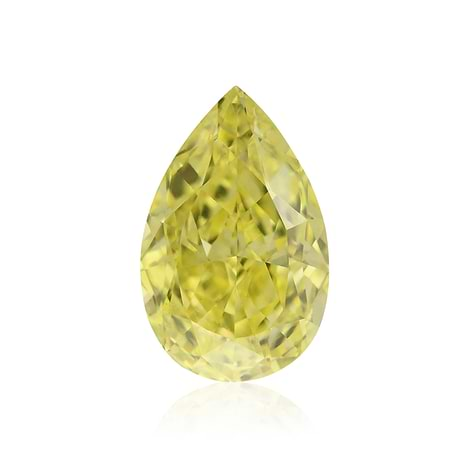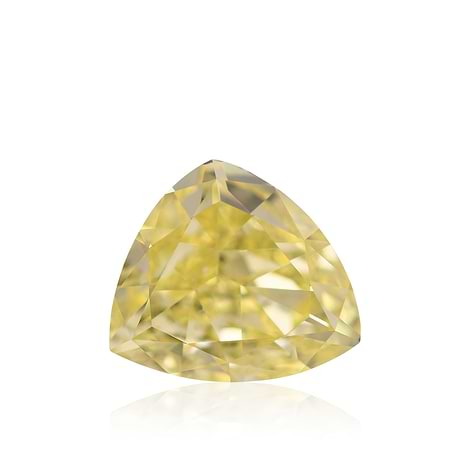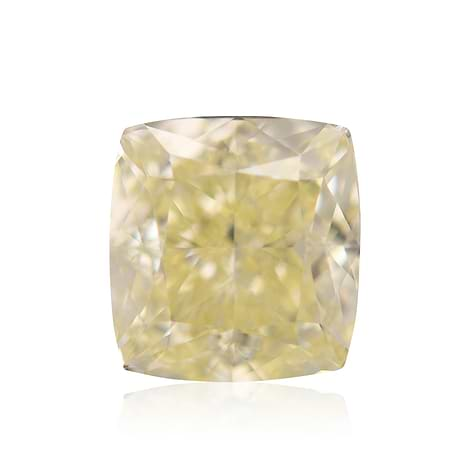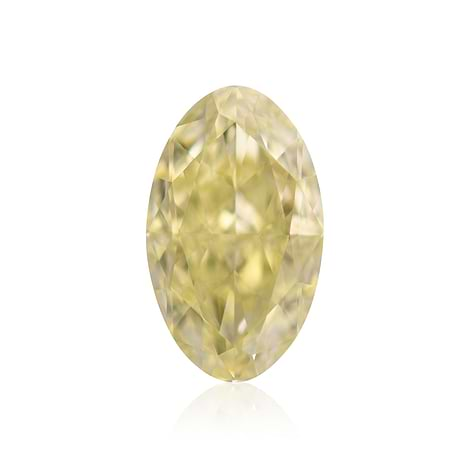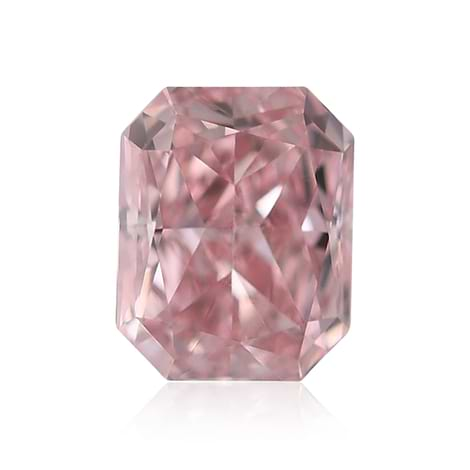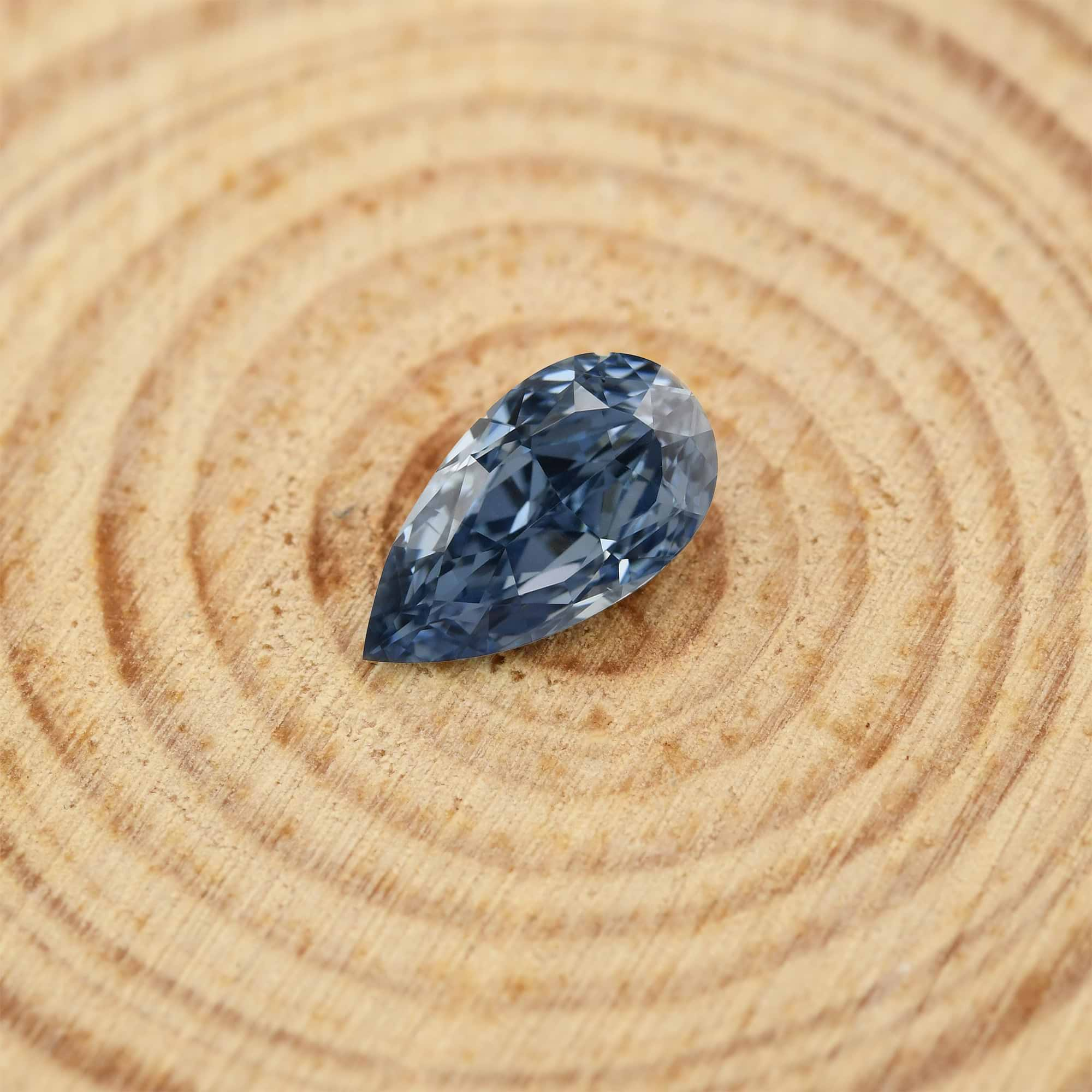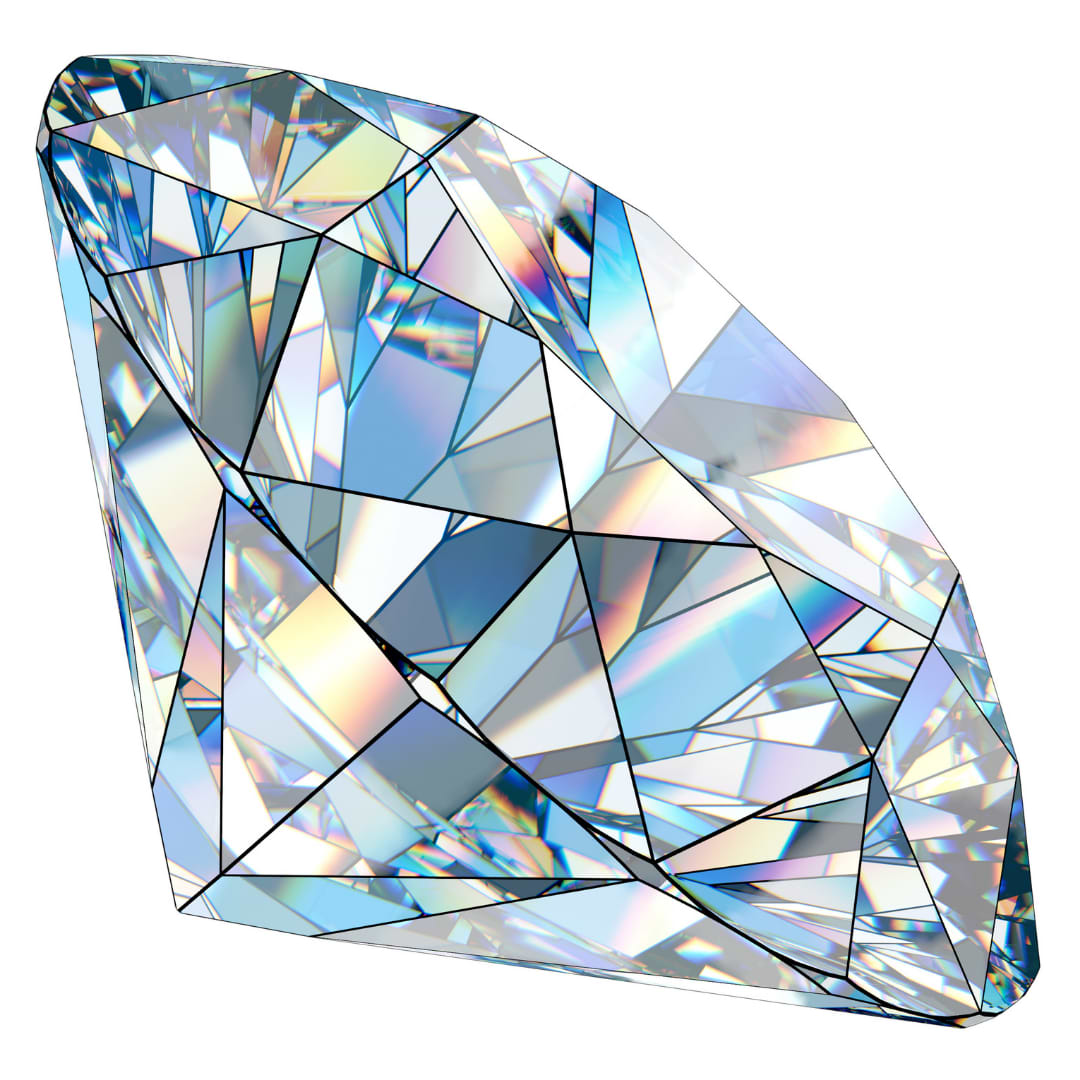Diamonds are many things. We all recognize them as symbols of luxury, love, and commitment, but there is so much more to these stones. Their scientific structure is actually quite incredible, and as a result, they are a very sturdy substance. They are very useful for industrial purposes and also one of the most mesmerizing gemstones that exist.
Given the circumstances that brought them into existence, it is pretty obvious that the makeup of these gems is intriguing, to say the least. For starters, they are commodities that have been found across the globe. This means that they have impacted cultures and societies worldwide. They are tied to many beliefs and myths and have created social and economic drama in various parts of the world. Here are 25 facts about diamonds that you may or may not know about. Even if you have stumbled upon this information at some point, you might not have quite internalized the gist of it.
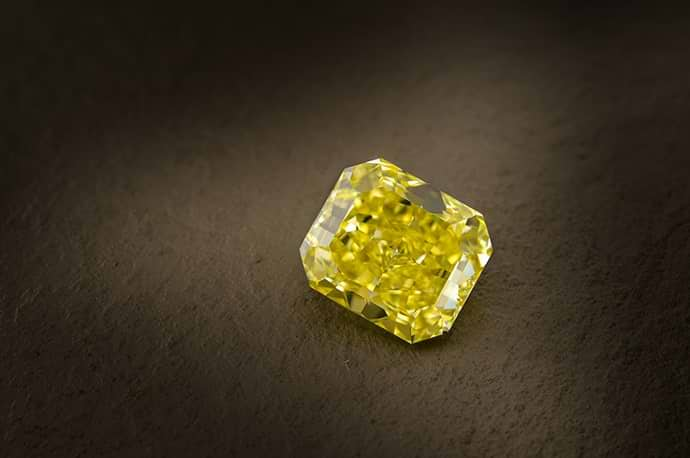
LEIBISH 17 carat radiant shaped yellow diamond
1. Diamonds are approximately 3.3 billion years old.
Most people know that diamonds have been around much longer than the human race. Some know enough to claim that they formed over hundreds of millions of years. What many might not be aware of is the fact that many diamonds are not just millions of years old, but billions. The oldest diamonds could very well be 3.3 billion years old. With planet Earth being about 4.5 billion years old, it is pretty incredible to discover how far back diamonds can be traced.
2. The Cullinan Diamond: Interesting Facts About the Largest Diamond Ever Found at 3,106 Carats
- Discovered in 1905 in the Premier Mine in South Africa.
- Originally weighed an astonishing 3,106 carats before it was cut.
- It was gifted to King Edward VII and later cut into nine major stones.
- The largest cut stone, known as the Great Star of Africa, is part of the British Crown Jewels.
3. "Lucy" in Space: Cool Facts About the Massive Diamond Star
- Also known by its scientific name, BPM 37093, is located in the Centaurus constellation.
- Estimated to be a 10 billion trillion trillion-carat diamond.
- "Lucy" is about 50 light-years away from Earth, making it relatively close in cosmic terms.
- Its diamond core is roughly 2,500 miles in diameter, about the size of Earth's moon.
- The discovery of "Lucy" has helped scientists understand star crystallization processes.
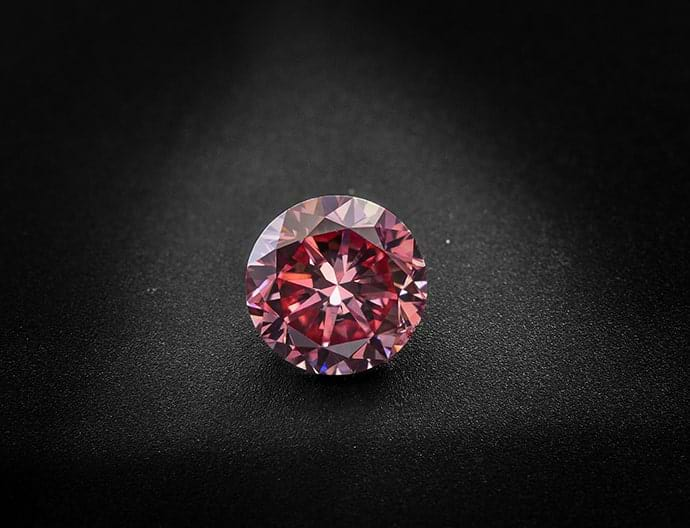 LEIBISH 0.70 carat, Fancy Vivid Pink Diamond, Round Shape, SI1 Clarity, GIA
LEIBISH 0.70 carat, Fancy Vivid Pink Diamond, Round Shape, SI1 Clarity, GIA
4. "Diamond" comes from the Greek word "Adamas."
Since one of a diamond’s main features is its durability, it received a name that is a tribute to this important quality.
5. Diamonds are the hardest natural material on Earth.
One of the main selling points of diamonds is that they are so sturdy and are virtually indestructible. While this is true for the most part, it certainly does not mean they cannot get damaged and shouldn’t be handled with caution. Even more so, it should be made aware that specific materials can scratch a diamond. Rhenium Diboride Ultrahard Fullerite, and Aggregated Diamond Nanorods are all capable of scratching a diamond. Those, and other diamonds, of course.
6. Diamonds for Industry: Why Over 80% of Diamonds Are Used for Industrial Purposes
Even though we hear so much about the rarity of diamonds and how the numbers are dwindling, most of the diamonds that are uncovered do not become gemstones.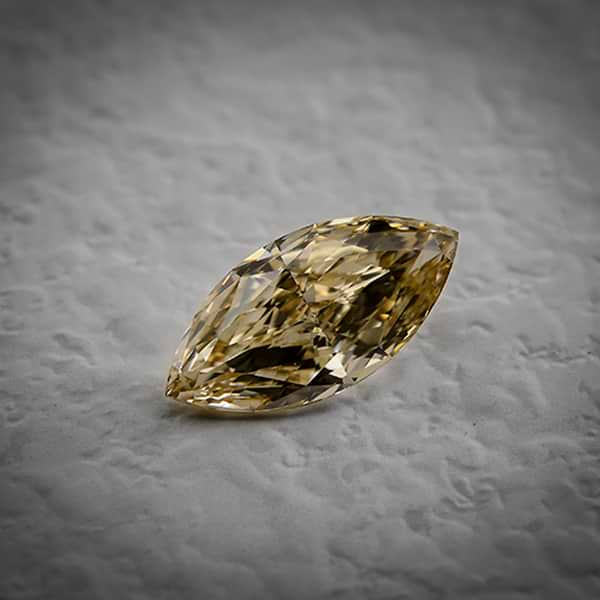
7. Diamonds are mined worldwide, including Russia, Botswana, and Canada.
Contrary to what most people think, diamonds are not just mined in South Africa and Australia. In fact, most come from Russia, but they are also produced in Botswana, Canada, and Namibia, and were originally discovered in India.
8. Diamonds are nearly 100% carbon.
Although diamonds consist of a complex structure, they are almost 100% carbon. Other elements have been known to find their way into the structure of these stones and that’s the reason diamonds are sometimes found in different colors such as yellow, orange, and blue.
9. Blue Diamonds: Cool Facts about Their Boron-Induced Color
- Blue diamonds owe their color to trace amounts of boron within their carbon structure.
- These diamonds are among the rarest, with only a few mines worldwide producing them.
- The famous Hope Diamond is one of the most well-known blue diamonds, weighing over 45 carats.
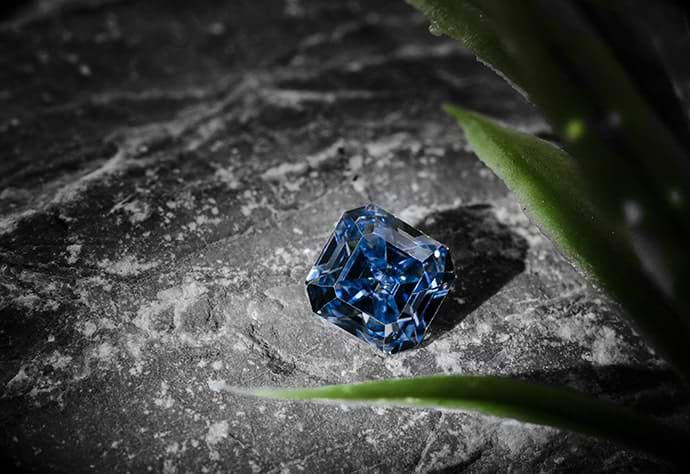
10. Diamonds Are Formed Under Extreme Pressure and Heat
11. India Was the First Country to Mine Diamonds
12. Diamonds Are Good Heat Conductors but Poor Electrical Conductors
13. The First Engagement Ring With a Diamond Was Given in 1477
In 1477, Archduke Maximilian of Austria presented a diamond engagement ring to Mary of Burgundy, marking the start of a romantic tradition. The ring featured diamonds arranged in the shape of the letter "M," symbolizing their eternal bond.
14. Synthetic Diamonds Are Used in Electronics and Cutting Tools
15. Only One in a Million Diamonds Is Naturally Colored
While most diamonds are colorless or slightly yellow, naturally colored diamonds—such as pink, blue, or green—are exceptionally rare. These unique colors result from impurities or structural anomalies during formation, making them highly prized by collectors.16. Diamonds Can Survive Acid but Will Burn at High Temperatures
17. Black Diamonds, or Carbonado: Interesting and Rare Facts About Diamonds
- Black diamonds, also called carbonado, are typically found in Central Africa and Brazil.
- Unlike traditional diamonds, black diamonds are polycrystalline, meaning they are made up of many small crystals.
- They have a unique porous structure and often contain trace elements like hydrogen and nitrogen.
- Black diamonds are popular in jewelry for their unique color and texture, making them a modern alternative to clear diamonds.
18. Diamonds Can Be Naturally Found in Rivers and Ocean Beds
While diamonds are commonly mined from the Earth, they can also be found in riverbeds and even ocean floors. These "alluvial diamonds" are transported by water currents from their primary source and often discovered in gravel and sand deposits.19. Some Diamonds Fluoresce Under Ultraviolet Light
When exposed to ultraviolet (UV) light, certain diamonds emit a soft glow, often blue but occasionally other colors like green, orange, or yellow. This phenomenon, known as fluorescence, can help gemologists identify a diamond’s origin and quality. Diamonds exposed to UV light
Diamonds exposed to UV light20. Natural Diamonds Can Have Unique Inclusions Like Crystals or Feathers
21. Diamonds Were First Discovered Over 4,000 Years Ago
22. How Diamonds Form 90 Miles Below Earth’s Surface: Incredible Facts About Diamonds
- Diamonds are created deep within the Earth's mantle under extreme heat and pressure.
- They form at depths around 90-120 miles below the Earth’s surface, in temperatures of over 2,000 degrees Fahrenheit.
- Volcanic eruptions bring diamonds closer to the Earth’s surface in kimberlite and lamproite pipes.
23. The Argyle Mine in Australia Is Famous for Pink Diamonds
Australia’s Argyle mine was renowned for producing over 90% of the world’s pink diamonds. These vibrant gems are extraordinarily rare, with their color attributed to unusual distortions in the diamond’s crystal lattice during formation.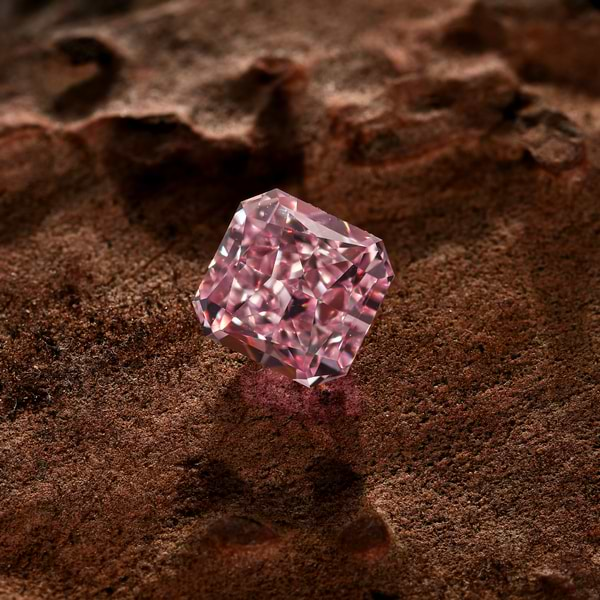
24. Diamonds Are Transported to the Earth’s Surface by Volcanic Eruptions
25. Diamonds Are Used in High-Precision Medical Instruments
It shouldn’t come as a surprise that there is more than meets the eye when it comes to diamonds. However, some facts about diamonds still manage to boggle the mind and astound us time and time again. That is why, despite all of the imitations out there, there really is no true replacement for a genuine natural diamond.
Interested in a closer look? Check out our huge collection of the finest diamonds around!
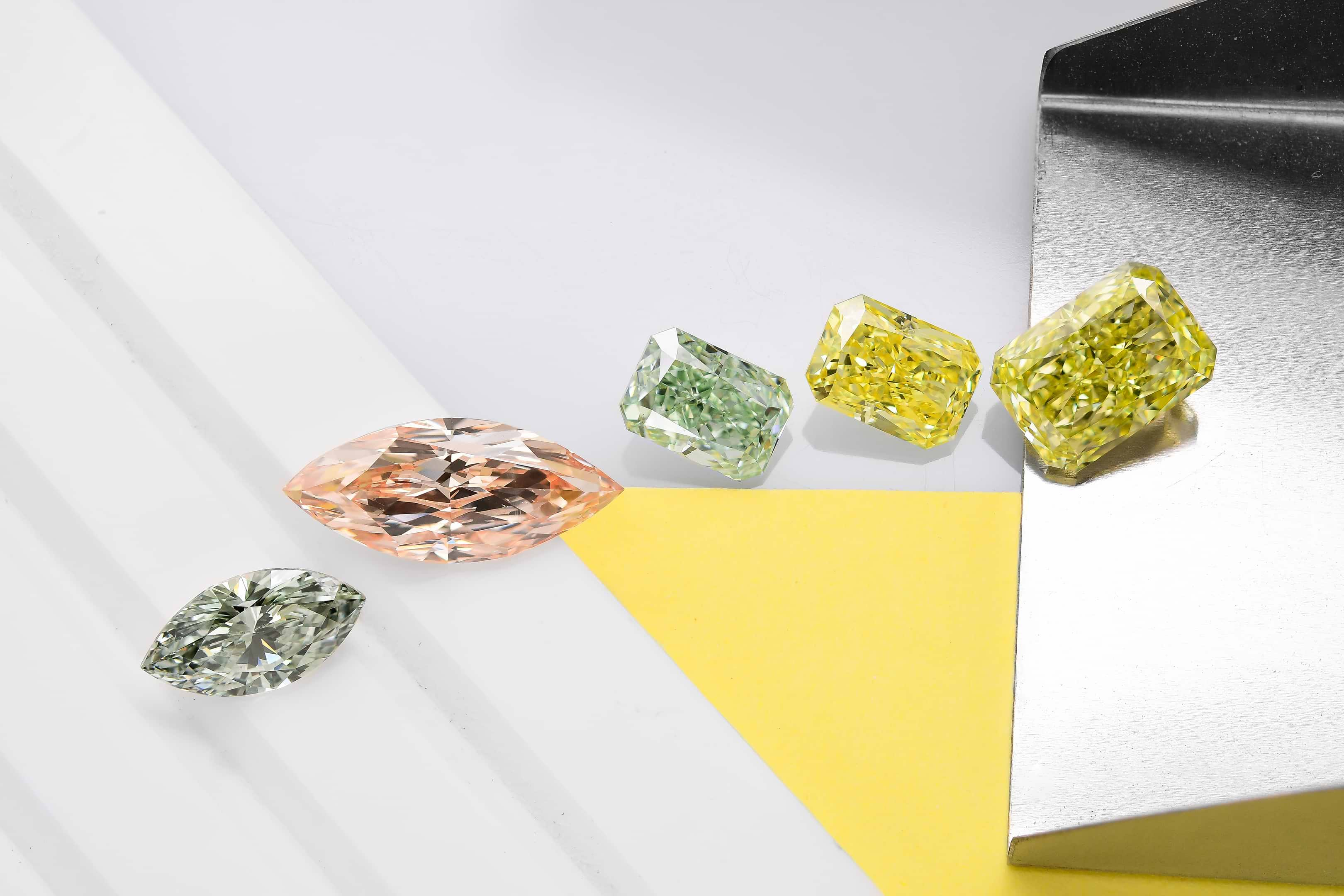
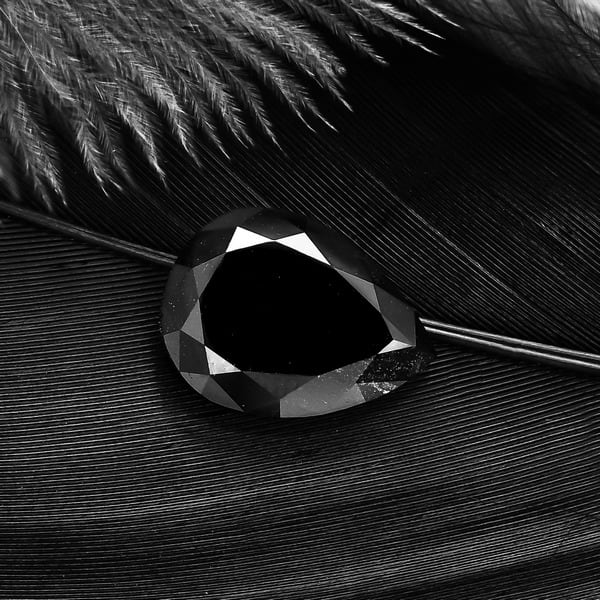 LEIBISH Natural Black Diamond
LEIBISH Natural Black Diamond